Predict 6.1 Overview: What's New in PREDICT 6.1?
感兴趣发邮件Software@tom.com
Predict 6.1 encapsulate state-of-the-art corrosion prediction technologies, and includes critical, hitherto unavailable data on various aspects of corrosion prediction of carbon steels for production and transmission applications. Predict 6.1, a by-product of years of corrosion research and modeling, incorporates a completely re-worked and enhanced user interface to provide access to a comprehensive knowledge base on corrosion decision-making. 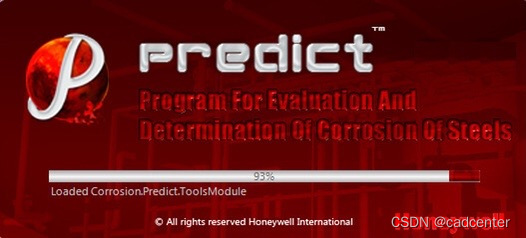 It is an easy-to-use tool that integrates effects of a complex set of environmental parameters on carbon steel and low alloy steels to provide corrosion rate quantification based on extensive JIP data and laboratory evaluation, as well as data from literature and field experience.
It is an easy-to-use tool that integrates effects of a complex set of environmental parameters on carbon steel and low alloy steels to provide corrosion rate quantification based on extensive JIP data and laboratory evaluation, as well as data from literature and field experience.
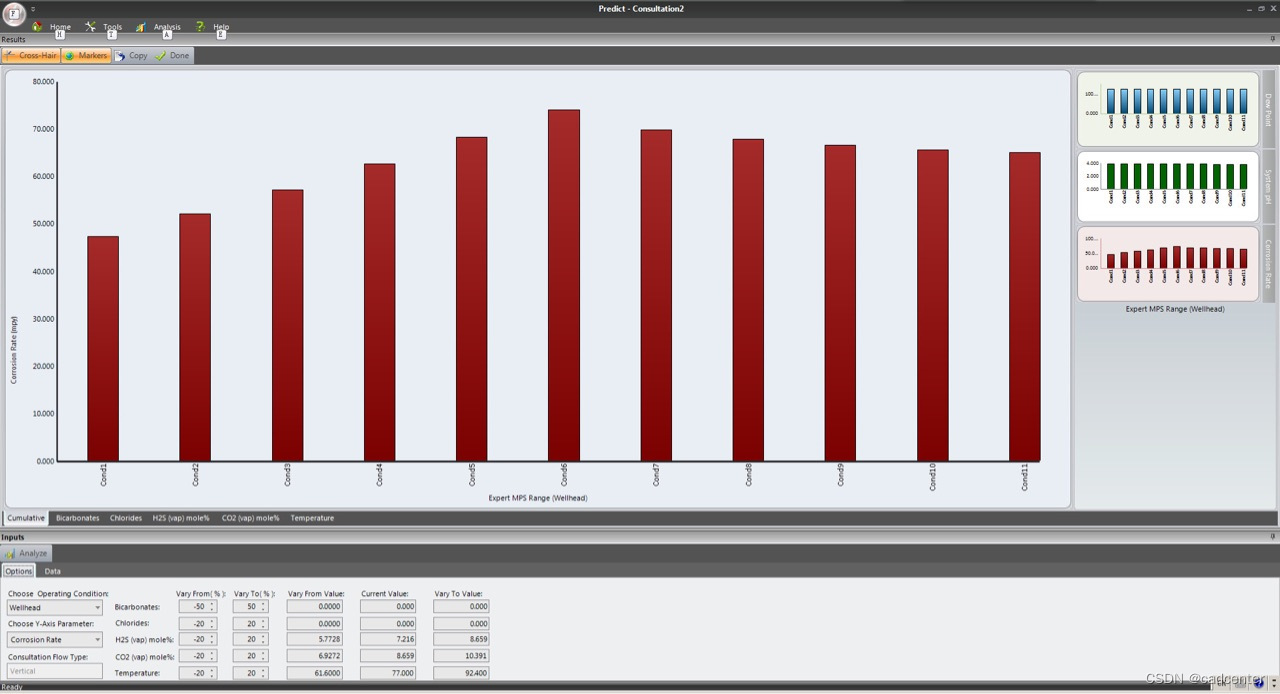
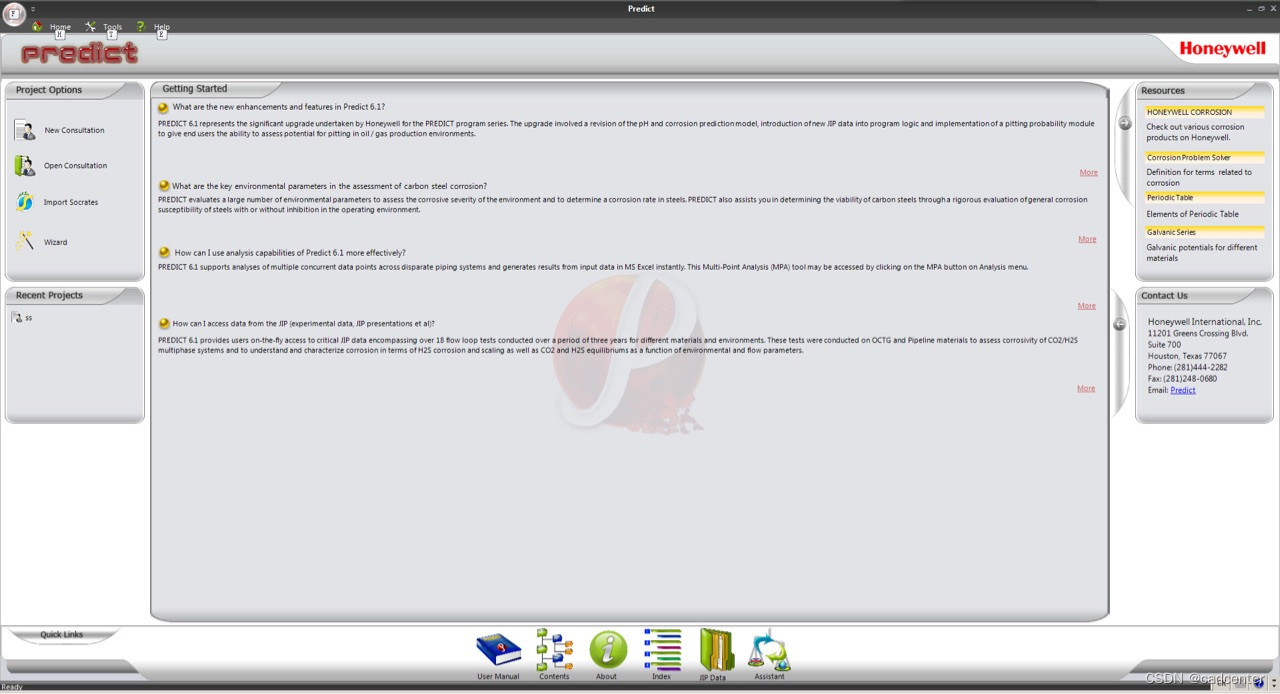

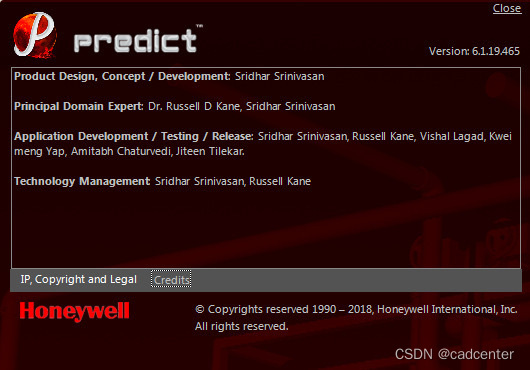
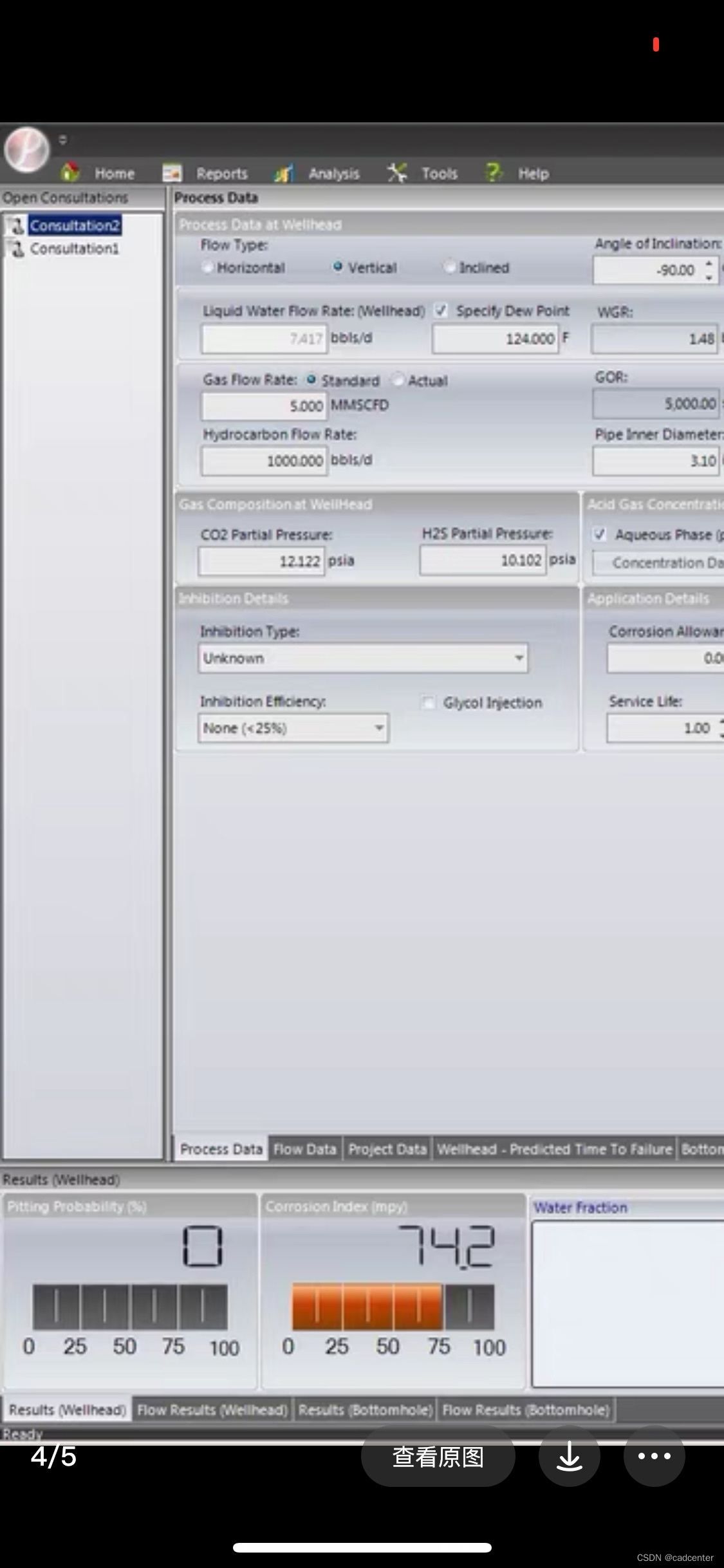
Major aspects of Predict 6.1 enhancements include:
- Full compatibility with Windows 7 32-bit & 64-bit operating systems.
- Ability for users to incorporate results (wall shear stress and flow regime) from a third party flow model.
- New and more accurate pH prediction and ionic strength model that accounts for appropriate ionic and phase behavior effects of most common acid gas components (H2S, CO2) as well as relevant anionic and cationic species.
- Ability for user to choose the balancing ion. User can choose balance type which suites to his requirements.
- Ability to provide two different water analyses for inlet and outlet conditions (or wellhead and bottomhole conditions).
- Improvised saturation pH calculations. New results screen helps users understand scaling in system with details about FeCO3 and FeS scale formation.
- Enhanced usage and ease of incorporating water production data. Users can now provide liquid water flow rate in system and get detailed results on predicted dew point temperature and water condensation at intermediate points in pipeline/tubing.
- Ability to enter gas flow rate at actual conditions (at operating conditions).
- Ability to model liquid only streams without data for gas partial pressures. User can enter CO2 & H2S aqueous data in ppm and Predict 6.1 estimates equilibrium partial pressures from dissolved gases.
- Ability to evaluate the pitting model saturation calculations for FeCO3 scaling and saturation pH calculations for predicting FeCO3 scaling.
- Predicted Time To Failure plot available for Inlet and outlet (wellhead and bottomhole as well)
- A more informative cost module with wide coverage of different cost components.
- Enhanced exporting capabilities.
- Improvised analyses capabilities with Multi Point Analysis and Expert Multi Point Sensitivity Analysis tools that help users identify safe operating envelopes.
- Tips and suggestions to assist users in performing tasks, understanding relationships and evaluating parametric effects.
- A completely re-implemented and re-worked software interface, including the ability to automate analyses for multiphase production systems and flowlines.
Predict 6.1 Features and Benefits
Predict 6.1 represents the significant upgrade undertaken by Honeywell for the PREDICT program series. The upgrade involved a revision of the pH and corrosion prediction model, introduction of new JIP data into program logic and implementation of a pitting probability module to give end users the ability to assess potential for pitting in oil / gas production environments.
Predict 6.1 incorporates a completely revised corrosion prediction module with improved performance for prediction of pH, corrosion scaling, persistence determination, high H2S concentration effects and flow modeling analyses, and includes JIP data-based derivation of numerical correlations between wall shear stress and corrosion rate. Predict 6.1 incorporate new data, analyses and field insights to give you the most accurate pH and corrosion prediction solution ever. Predict 6.1 enhancements may be partitioned into two groups:
1. Technology and model enhancements
2. User interface and automation enhancements
Technology and model enhancements include:
- A completely revised and updated pH prediction module that incorporates a rigorous thermodynamic and phase behavior model to accurately assess pH as a function of ionic components.
- User can specify wall shear stress and flow regime if they have specific data obtained from third party flow modelers.
- Wall wetting predictions have been improved for horizontal and inclined flows when operating temperature is less than dew point.
- Users can now provide separate water analyses data for bottomhole and wellhead (or inlet and outlet) conditions.
- Enhanced corrosion rate profile plot.
- Improvised saturation pH calculations where the end user has a choice to consider scale protection in system or disregard the scale protection effects.
- Ability to accurately determine scaling effects due to formation of iron carbonate and iron sulfide scales as a function of temperature and pH.
- Ease of use for handling water production rate as liquid water makes evaluating corrosion rate predictions and water phase calculations easier to understand.
- Ability to enter gas flow rate at actual conditions.
- Process data can be entered for dissolved gases in aqueous phase (in ppm) and converted to equilibrium partial pressures.
- Ability to characterize water phase behavior, accurately predict system dew point, and determine if the conditions are conducive to condensation for both Gas dominated and Oil dominated systems.
- More accurate calculations for ionic strength including effect of balancing ions on ionic strength.
- Ability to perform corrosion analysis along the length of a pipeline or flow line (consisting of multiple segments) and view graphically the variation of corrosion rates over length along with inclination profile and water phase behavior.
- Updated cost and economic analysis for integrating economic factors into corrosion analysis and utilizing annualized cost and present worth analyses to compare various material, inhibition or monitoring and replacement costs.
User interface and automation enhancements include,
- A completely re-designed, Windows 7 based interface for enhanced efficacy and ease of use.
- Ability to study and automate corrosion modeling across a whole pipeline consisting of hundreds of segments.
- New, enhanced reporting format, with ability to generate automatic PDF reports.
- Module to convert data from field production report into parameters required for corrosion analysis.
- New unit conversion assistant that facilitates conversion of data values amongst different unit systems.
- User level preferences.
- Tips & suggestions are shown to users based on their expertise level.
- Provision to enter water analysis data separately for inlet and outlet conditions.
- Provision to enter gas flow rate at standard or actual conditions.
- Provision to enter dissolved gas data to convert it to respective partial pressure data.
- Ability for user to choose the balancing ion.
- Exporting consultations with Cost analysis, MPS and Profile results.
- Expert MPS tool to empower analysis capabilities.
- New and extremely useful MPA tool for all users.
- Ability to export all analysis results into MS Excel.
- Enhanced, Windows 7 compatible user-friendly interface and context sensitive help system.
Benefits
- MicrosoftTM WindowsTM based tool that can run on most common personal computers, work stations and networks, and exploits benefits of .Net based software performance.
- A completely re-designed, easy to use graphical interface makes system utilization for complex tasks simple.
- A comprehensive tool to effectively characterize and predict the complex issues of CO2 and H2S corrosion in production / transmission environments.
- Extensive on-line help system to assist the user in understanding significance of different corrosion evaluation parameters and their effects.
- Easily perform analysis of complete pipelines with corrosion prediction, pH prediction and flow modeling for horizontal or inclined pipe sections.
- Designed to effect significant reduction in time spent assessing corrosion.
- Access to extensive consulting and development support from Honeywell in using/customizing Predict 6.1.
霍尼韦尔油气田Predict碳钢腐蚀预测软件
油气生产环境中的CO2和H2S腐蚀(也称酸性气腐蚀)是设备性能退化和失效的重要因素。精确量化这些因素引起的腐蚀,对提高钢铁材料在油气生产&集输系统中的安全应用至关重要。
Predict®6.1软件提供一种阶梯方法,评估和预测碳钢在CO2/H2S生产&集输环境中的腐蚀速率。基于用户的输入参数,该软件可以评价主要的环境参数和操作参数对腐蚀的影响。软件建立在大量的实验数据、相行为模型和流体力学模型的基础上,描述这些参数的对腐蚀的影响。
腐蚀预测更容易
Predict®6.1用户界面直观,易于掌握,用户能够快速得到预测结果。用户只需要输入必要的环境参数和操作参数,如:
- 生产/工艺数据(包括压力、温度、油/气/水流量)
- 组成数据(酸性气组成和水相分析)
- 其他数据(设备服务寿命、腐蚀余量、油井或物流信息)
参数输入后,Predict输出以下与腐蚀和水溶液相关的结果:
- 预测腐蚀速率(单位MPY 或 MMPY)
- 点蚀几率
- pH值
- 系统露点和水相分布
- 液态水含量
- 结垢物和饱和pH值
此外,多相流模型可以使用户直观看到具体流态,并评估特定管道位置流动形态的影响。流动模型可描述向上或向下的流动,计算两相的雷洛数和摩擦系数,并评估液体含量和剪切应力对腐蚀速率的影响。本软件包括环境(电化学)和流体动力学两方面的参数对腐蚀的影响。
软件特点
Predict®6.1基于用户给出的操作参数对碳钢进行腐蚀预测,并依据材料的实际性能数据进行经济和工程决策。本软件提供以下独特的功能:
- 预测点蚀几率
- pH值计算模块:包括16种不同阴阳离子的影响
- 严格的水相行为计算,包括醇(MEG, TEG 和DEG)影响的计算
- 精确模拟动量传递的影响(流态、液相含量、压力降和剪切应力等)
- 精确描述碳酸铁和硫化铁在不同温度和pH 值下的结垢影响
- 精确表征O2浓度对腐蚀的影响
- 描述油气生产&集输系统水含量变化的影响
- 快速访问实验室测试数据(包括18个流动循环装置的腐蚀实验)
Predict® 6.1新改进
Predict® 6.1为最新版本,腐蚀预测更加准确,包括以下新改进:
- 新pH预测模块:更加精确描述管线进出口条件的特征
- 精确描述碳酸铁和硫化铁结垢的影响
- 先进的流动模型以及基于联合工业项目(JIP)实验数据的剪切应力对腐蚀速率的影响
- 基于水相中CO2、H2S腐蚀数据进行腐蚀预测
- 自定义露点,表征水相行为
- 进行生命周期成本分析,并以图形方式显示服务寿命,预测管道的失效时间
- 对任意水平、垂直或倾斜管道进行分段评估
- 进行多点分析、多点敏感性分析和专家系统多点敏感性分析
收益
- 评估和预测多种酸性气体环境下的腐蚀,如油&气生产设备、集输管线、电厂、天然气处理厂等
- 精确计算pH值和其他水相离子浓度
- 评估CO2/H2S腐蚀以及其他参数的互相影响;
- 预测水相行为
- 描述流动行为,并精确关联流动对腐蚀的影响
- 图形化显示整条输油管线或井底油管的腐蚀状况
- 预测氯离子、氧气或硫对腐蚀的影响
- 全面分析全系统的腐蚀和成本
建立腐蚀预测的标准工作流程
腐蚀模型软件如Predict®6.1可以帮助工程公司或工厂实施一致的的精确腐蚀评估。Predict®6.1是建立在全方位的腐蚀知识基础之上,包括:联合工业项目(JIP)实施的数百个腐蚀实验的专利数据,大量的多相流CO2/H2S腐蚀文献信息,精确的多相流模型和业内最全面的钢铁腐蚀数据库。
由于多相流CO2和H2S的腐蚀是一种非常复杂的现象,利用流动条件下的实验数据是准确模拟腐蚀的唯一方法。联合工业项目(JIP)的腐蚀测试条件包括模拟流动条件,这些数据有助于制定各关键参数与腐蚀之间关系的规则。Predict®6.1也包含严格的机理模型,用于描述相行为、离子分析和流体模型。化工基本定律与实际工程数据的结合使Predict®6.1能够精确预测油气生产&集输系统在不同操作条件的腐蚀行为。
Predict®6.1是迄今为止市场上唯一的工具,将数学模型建立在实际H2S/CO2腐蚀实验数据的基础上,同时集成严格的流动模型和离子模型。
另外,Predict®6.1能够获取各关键参数以及参数间协同作用对腐蚀速率的影响。已经发现:影响腐蚀最主要的环境变量是那些影响pH值的变量,如酸性气体H2S和CO2。Predict®6.1使用系统pH值作为模拟腐蚀机理的核心因子,评估pH值在腐蚀产物沉积和溶解过程中的作用,这些最基础的因素均被考虑到Predict®6.1的输出结果里。同时,Predict®6.1包括独立的敏感性分析功能,用户可以看到各种参数对预测pH值和预测腐蚀速率的影响,例如酸性气体、醋酸盐和油气产量等。
基于化工基本定律和腐蚀研究数据,Predict®6.1软件采用实际有效的方法来模拟腐蚀:
- 首先,利用常用的环境/操作参数进行腐蚀预测
- 然后,利用实验室数据、现场数据和理论模型,获得腐蚀程度和腐蚀速率的真实评估
- 最后,采用一种计算方法,集成了关于腐蚀预测的数学和启发式知识(实验数据和现场经验)
大多数其它的腐蚀预测模型对预测结果的解释过于保守,或者只考虑了少量参数的影响,这些方法并不适用于预测油气田环境下的腐蚀程度和腐蚀速率,因为所有相关参数都需要基于正确严格的基础和精确的特征描述。正是有了基于严格腐蚀原理和数据的腐蚀模型,用户才能够根据Predict®6.1准确的腐蚀预测结果建立标准的工作流程。





















 89
89











 被折叠的 条评论
为什么被折叠?
被折叠的 条评论
为什么被折叠?








